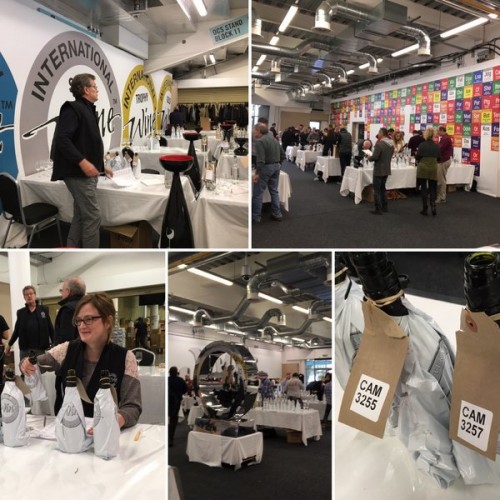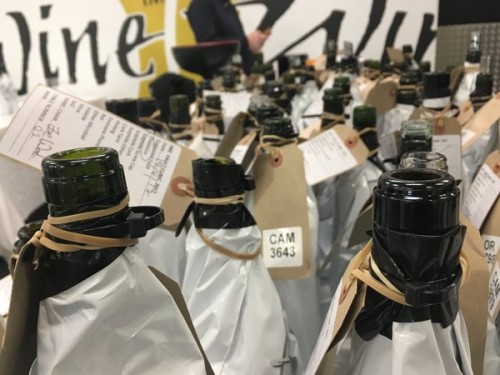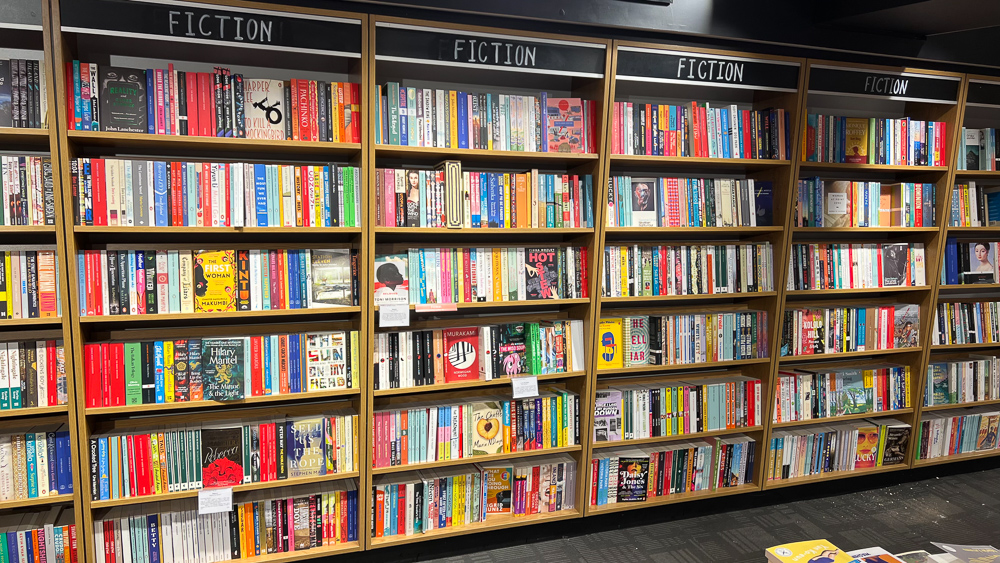
I’m on my way to day 2 of the second tranche of the International Wine Challenge judging at the Oval. For two weeks we will be sifting through an unspecified number of wines (the number isn’t publicized because otherwise the two major competitions get sucked into a ratings war, but it’s in the range of 15 000).
2017 is my first year as one of the two new co-chairs, along with Sarah Abbott (new girl), Tim Atkin, Peter McCombie, Oz Clarke and Charles Metcalfe. Our job is to act as moderators, makning sure that the results are consistent, and that every wine is treated fairly.
This is week one, when all the wines are tasted by the panels with a view to deciding simply whether each wine is medal worthy or not. The teams – usually 5 people, led by a panel chair and with an associate (trainee taster) – judge in small flights. Then we get to see the wines and their notes, along with their verdicts. This week, we co-chairs are just looking at the wines that have been deemed unmedal worthy. We check that nothing good has been missed. We are able to reinstate wines if we think they’ve been overlooked, but two of us have to agree in order to change the verdict.
Next week, all the wines that get through will be retasted by the panels, with a view to deciding exactly what medal to give them. It’s still possible to kick wines out at this stage. This second round will be pretty tough work, and often the co-chairs are still working into the evening: we can’t go home until all the wines are done.

Another job I have is to monitor the faults. If a wine is deemed faulty by the panels, then one of the co-chairs has to sign it off before a second bottle can be requested. This is to cut down on false positives. Any bottle deemed faulty will find its way to the faults table, which is where I have another look at it to confirm the diagnosis, or to decide that the wine isn’t faulty. The reason for this is that we want our stats on faults to be as good as possible. Obviously, it would be nice to supplement the sensory analysis with chemical analysis for faults, but this would be very expensive and logistically challenging.
It’s quite hard to be sure about faults. Some faults are clear cut: cork taint, is a great example, but even then some misdiagnose it, and people differ in their sensitivity to the compounds involved. When it comes to oxidation, reduction or brett, at which point do you call these characters a fault? It is a judgement call we have to make.
The first day was tiring. It always is, and more so as co-chair. But this morning I’m feeling fresh again. The strange thing about tasting is that the more you do it, the easier it becomes and the sharper your palate gets. By the end of two weeks, I’m going to be a mean tasting machine.
Leave a Comment on Beginning two weeks judging at the International Wine Challenge

